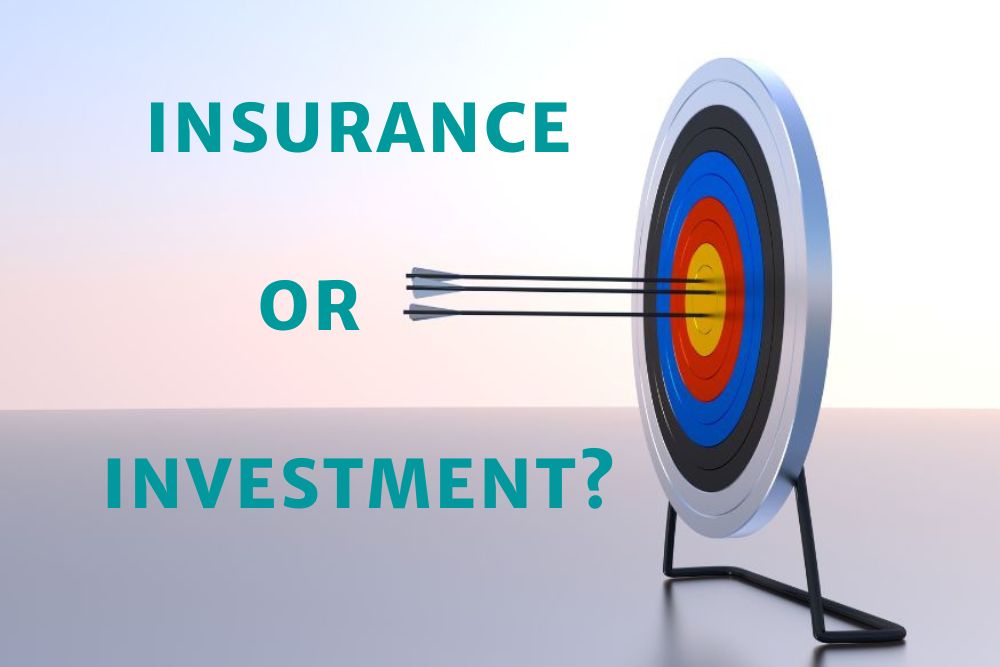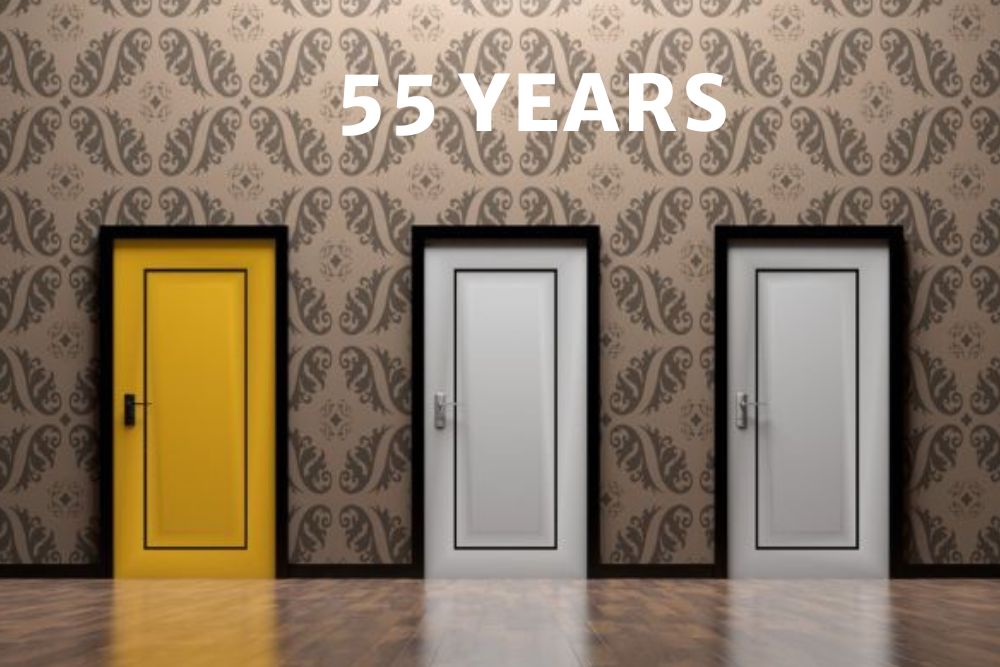
If you are turning 65 soon, then you’ll probably be wondering about CPF LIFE, whether you are eligible, how it works, and which is the “best” plan for you.
This article is aimed at helping you understand CPF LIFE and hopefully, how to approach the question of which plan to choose.
CPF LIFE is an insurance product and not an investment product

The first thing to note is that the acronym LIFE stands for “Lifelong Income for the Elderly” which should provide a clue as to its objective.
Advertisement
The second important point is that CPF LIFE is not an investment product, instead, it is an annuity, which is an insurance product.
Moreover, like all insurance products, its main objective is protection.
In the case of CPF LIFE the objective, as the meaning of LIFE implies, is to protect you from outliving your savings.
In other words, if you are eligible for inclusion in CPF LIFE, you will receive a stream of monthly income for the rest of your life.
Of course, how much you’ll receive depends on how much savings you have set aside.
Step 1: At age 55, set aside a retirement sum in your Retirement Account.

At age 55, a fourth CPF account known as the Retirement Account (RA) is created and a certain sum of money will be set aside in this account using funds from your SA first and then your OA.
The default amount is known as the Full Retirement Sum (FRS) but there are also two others which are possible – the Basic Retirement Sum (BRS) and the Enhanced Retirement Sum (ERS).
For 2023, the BRS is $99,400. The FRS is twice the BRS at $198,800 and the ERS is three times the BRS, which is $298,200.
It is possible to set aside only the BRS or any amount less than the default FRS and then withdraw the rest of the OA and SA balances in cash provided the member has the appropriate property charge or pledge.
This essentially means that if the property is sold, the member is obliged to top-up his RA to the FRS for his age cohort from the sales proceeds.
However, if the property is not sold, then the member’s CPF LIFE payout will simply be based on the amount in his RA.
Step 2: At age 65, you are eligible to start your CPF LIFE Payouts

You will be automatically included in CPF LIFE if you are a Singapore Citizen or Permanent Resident born on 1 January 1958 and after and have at least $60,000 in your CPF retirement savings when you start your monthly payouts.
If you are born between 1 January 1958 and 30 April 1961, and had at least $40,000 in your Retirement Account when you reached 55, you would also have to join CPF LIFE.
Whatever amount was set aside at age 55 will then earn a minimum of 4% compound interest for the next 10 years.
Those 55 years old and above get an extra 2% interest per annum on the first $30,000 (ie $600), and a 1% extra per annum on the next $30,000 (ie $300) of our combined CPF savings.
This means that you can effectively earn up to 6% interest per annum on your CPF savings for retirement. Or stated differently, there is a maximum of $900 bonus interest per annum which can be earned for those over 55.
If you managed to set aside this year’s FRS of $198,800, this sum will grow to about $298,800 by the time you reach 65. In other words, as much as $100,000 in interest will be added to your RA.
If you set aside the BRS of $99,400, your RA balance at 65 would be $154,500 and for the ERS of $298,200, the RA at 65 would have $443,100.
Step 3: Choose your CPF LIFE plan

Since CPF LIFE is an insurance product, you have to pay a premium to buy into it. The premium you’ll pay is from your RA.
There are 3 plans and for 2 of them, the entire RA goes into a pool known as the Lifelong Income Fund which includes money from other members.
Here there is an important point to note: if you choose to defer your payments, the money doesn’t join the pool, stays in your RA and continues to earn interest.
So if you then decide to start your payments at age 66 or 67, your RA would have grown larger by another 1-2 years and your payouts will be higher.
According to CPF, for each year you defer, the amount increases by up to 7%. The latest age for deferment is 70, at which point CPF LIFE payments will automatically start.
a) The Standard Plan (default)
If you do not choose a plan, CPF will place you on the Standard Plan. Here is how it works.
When you pay the CPF LIFE premium under the Standard Plan, your entire RA balance goes into the annuity pool.
Your RA balance will then be used to pay you a certain amount until it is depleted; thereafter, you will be paid the same amount for the remainder of your days from the interest the pool earns.
A person who has S$298,800 in his RA at age 65 (based on this year’s FRS of $198,800) will receive around $1,600 per month for the rest of his life under the Standard Plan.
If the person only set aside the BRS of $99,400, the monthly payment will be around $850 and if it was $120,000, the payouts will be around $1,000.
If the person managed to set aside the ERS of $298,200 at 55, the monthly payments at 65 will be around $2,300.
If the person passes away, the amount his beneficiaries will receive (in addition to whatever remains in his OA, SA and MA) is his RA balance at the age he started his payments, minus the amount that had already been paid.
b) The Escalating Plan
This plan works in a similar fashion to the Standard Plan in that your entire RA balance is used as the CPF LIFE premium and goes into the Lifelong Income Fund, and if you pass away, your beneficiaries will receive, on top of the balances in your other CPF accounts, your RA balance minus the amounts already paid.
However, the payouts start a bit lower than the Standard Plan, possibly around $1,200 per month.
They then increase or escalate by 2% per year for the rest of the member’s life.
From this, it should be obvious that this plan is suitable if you want to protect your retirement income from rising prices.
Although the payouts start lower, they will eventually become higher than the Standard Plan and Basic Plan payouts.
c) The Basic Plan
Under this plan, only around 10-20% of your RA goes into the Lifelong Income Fund, the remaining 80-90% stays in your RA.
As such, if you opt for this plan, note that even though money is flowing out in the form of payments to you, money still flows into your RA in the form of interest.
Because there is still interest being earned in the member’s RA, if the member passes away at a particular age, the amount left for his beneficiaries will be higher than for someone who had the same amount in his RA but opted for the Standard or Escalating Plans and passes away at the same age.
However, the drawback is that the payouts start a lower than the Standard Plan, perhaps around $1,400 per month for someone who sets aside this year’s FRS of $198,800.
Furthermore, this will get progressively lower when the combined CPF balances eventually fall below $60,000.
This is because the extra interest earned on the first $60,000 of your CPF balances is credited to your Retirement Account (RA) and paid as part of your monthly payouts.
As your balances decrease due to payouts, the extra interest earned, and subsequent payouts will also decrease.
Once the RA balance is fully depleted, possibly around age 90, the 10-20% that went into the annuity pool kicks in.
This may mean a lower payout for the rest of your life at a time when you are much older.
How to choose which plan is best for you?

According to CPF, the Basic Plan is a legacy plan carried over from the time CPF LIFE was first introduced in 2009.
“Many members would find the Standard or Escalating Plan more suited to their needs” states CPF.
I agree with this statement. In my view, CPF is first and foremost for retirement and should not be viewed as a legacy instrument.
If you wish to leave an inheritance for your loved ones, then leave them your property, car, watches, jewellery, antiques and other assets.
The money in your CPF is yours, you worked hard for it over the course of 30-40 years, so it is yours to enjoy.
So if you think inflation is going to be a problem in future, then go for the Escalating Plan.
Otherwise, note that the Standard Plan gives the highest payments of all three plans, though this remains level for the rest of your life.
A final note: can you switch CPF LIFE plans?
You are given 30 days from the date of your policy letter to request a change.
Note that if you opted for the Standard or Escalating Plans, a switch afterwards is not possible because it would affect the payouts of others.
However, if you opted for the Basic plan, you can switch to the Standard or Escalating Plans before age 80.







